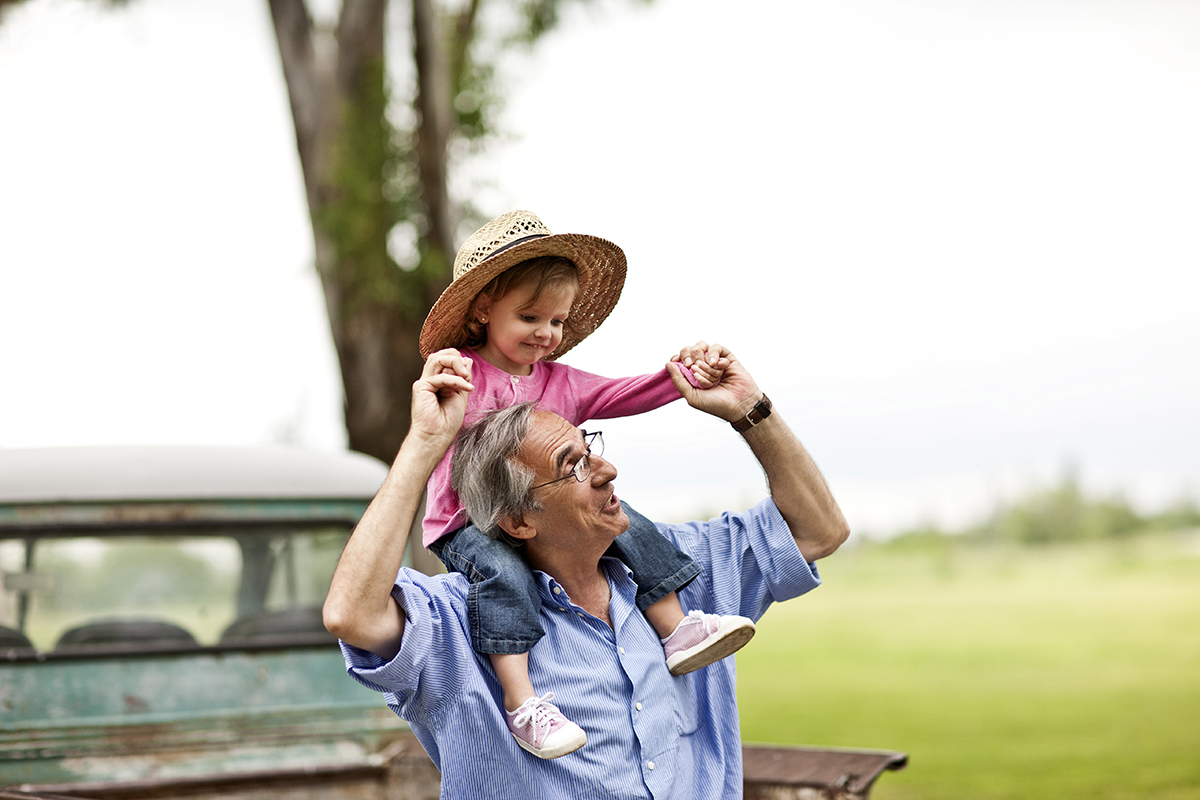
Profile
Cerezyme® has demonstrated long-term efficacy, and generally well tolerated safety profiles with 20 years of real-world experience in the treatment of Gaucher disease1–5
L

Safety profile
Learn more about the safety and tolerability profile for Cerezyme® (imiglucerase) for patients with Gaucher disease.

Mechanism of action
Cerezyme® is a modified form of the enzyme β-glucocerebrosidase which reduces the accumulation of glucosylceramide (GL-1). Cerezyme® is an enzyme replacement therapy (ERT) with demonstrated long-term efficacy, an established safety profile and real-world experience in the treatment of Gaucher disease.1,3,4
Cerezyme® reduces the build-up of GL-1 because the modified form of the enzyme, β-glucocerebrosidase, breaks down GL-1 into glucose and ceramide. By replacing the missing enzyme, Cerezyme® can reduce the accumulation of GL-1 in patients with non-neuronopathic (type 1) or chronic neuronopathic (type 3) Gaucher disease who exhibit clinically significant non-neurological manifestations of the disease.1
Since 1991, The Gaucher Registry has collected voluntary information from over 6,000 people internationally.2 Data from the Registry sponsored by Sanofi Genzyme is used to help researchers and physicians understand the impact of Gaucher disease and the effectiveness of long-term treatment.
Usage
Cerezyme® administration
Cerezyme® treatment should be individualised for each patient and disease management should be directed by physicians knowledgeable in the treatment of Gaucher disease.1
L

Selecting dosage1
Initial doses of 60 U/kg of body weight once every 2 weeks have shown improvement in haematological and visceral parameters within 6 months of therapy and continued use has either stopped progression of or improved bone disease. Administration of doses as low as 15 U/kg of body weight once every 2 weeks has been shown to improve haematological parameters and organomegaly, but not bone parameters.
No dose adjustment is necessary for the paediatric population.
L

Administration1
At initial infusions, Cerezyme® should be administered at a rate not exceeding 0.5 unit per kg body weight per minute, i.e. 120 min for a patient whose dose is 60 U/kg, whatever the patient’s weight.
Maximum infusion rate is 1 unit per kg body weight per minute, i.e. 60 min for a patient whose dose is 60 U/kg, whatever the patient’s weight. Infusions should be administered every 2 weeks.
L

Treatment location1
Initially treatment should be administered in a clinical setting. Infusion of Cerezyme® at home may be considered for patients who are tolerating their infusions well for several months. Self-infusion at home also requires training of the patient or caregiver by a healthcare professional in a clinical setting. Initial infusion rate should not exceed 0.5 unit/kg/min. At subsequent infusions, infusion rate may be increased. Patients experiencing adverse events during the infusion need to immediately stop the infusion process and seek the attention of a healthcare professional.
Did you know?
A carrier of Gaucher disease has a 50% chance of having a child which carries the Gaucher gene.
Learn more about Cerezyme®

Cerezyme® evidence
Explore the results and evidence supporting Cerezyme® (imiglucerase) and how it was studied through several clinical trials.

Cerezyme® safety profile
Find out more about the safety and tolerability profile for Cerezyme® (imiglucerase).

Cerezyme® evidence
Explore the results and evidence supporting Cerezyme® (imiglucerase) and how it was studied through several clinical trials.

Cerezyme® safety profile
Find out more about the safety and tolerability profile for Cerezyme® (imiglucerase).
L

References
1. Cerezyme® summary of product characteristics.
2. Abrams R, Kaddi CD, Tao M, et al. CPT Pharmacometrics Syst. Pharmacol. 2020 9, 374–383.
3. Serratrice C, Carballo S, Serratrice J, et al. Core Evid. 2016;11:37–47.
4. Mistry PK et al. Am J Hematol. 2017;92(9):929–939.
5. Weinreb NJ, Goldblatt J, Villalobos J, et al. J Inherit Metab Dis. 2013;36(3):543–553.
6. Grabowski GA, Barton NW, Pastores G, et al. Ann Intern Med. 1995;122(1):33–39.
7. Sims K, Pastores G, Weinreb N, et al. Clin Genet. 2008;73(5):430–440.
8. Wenstrup RJ, Kacena KA, Kaplan P, et al. J Bone Miner Res. 2007;22(1):119–126.
9. Charrow J, Dulisse B, Grabowski GA, et al. Clin Genet. 2007;71(3):205–211.
10. Mistry PK, Deegan P, Vellodi A, et al. Br J Haematol. 2009;147(4):561–570.
11. Andersson H, Kaplan P, Kacena K, et al. Pediatrics. 2008;122(6):1182–1190.
12. Mistry PK, Weinreb NJ, Kaplan P, et al. Blood Cells Mol Dis. 2011;46(1):66–72.
13. El-Beshlawy A, Ragab L, Youssry I, et al. J Inherit Metab Dis.2006;29(1):92–98.
14. Kauli R, Zaizov R, Lazar L, et al. Isr Med Assoc J. 2000;2(2):158–163.
15. El-Beshlawy A, Tylki-Szymanska A, Vellodi A, et al. Mol Genet Metab. 2017;120(1–2):47–56.
16. Weinreb NJ, Kaplan P. Am J Haematol. 2015;90(S1):S2–S5.
MAT-XU-2204065 (v4.0) Date of preparation: January 2025
.png)


.png)
